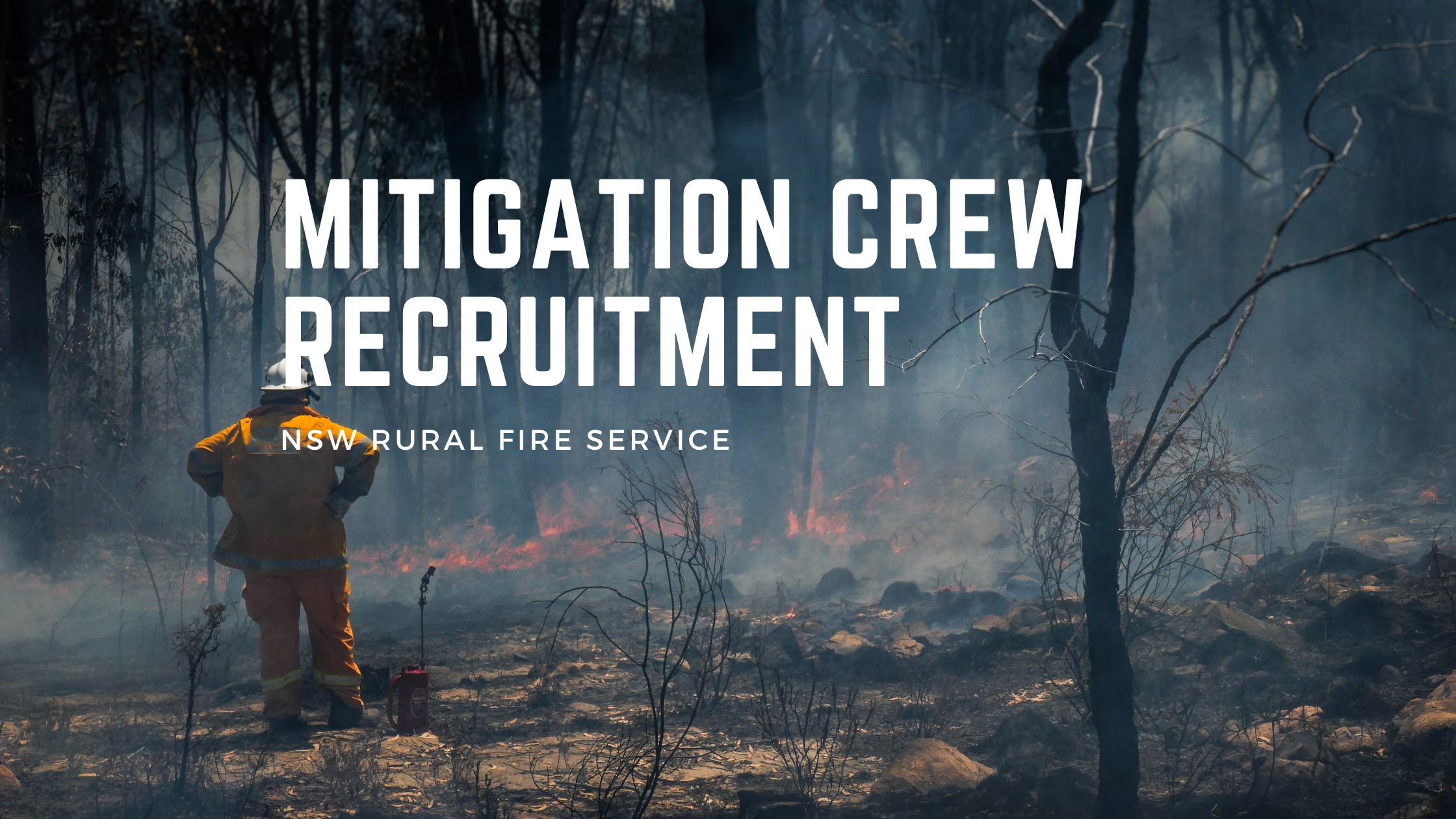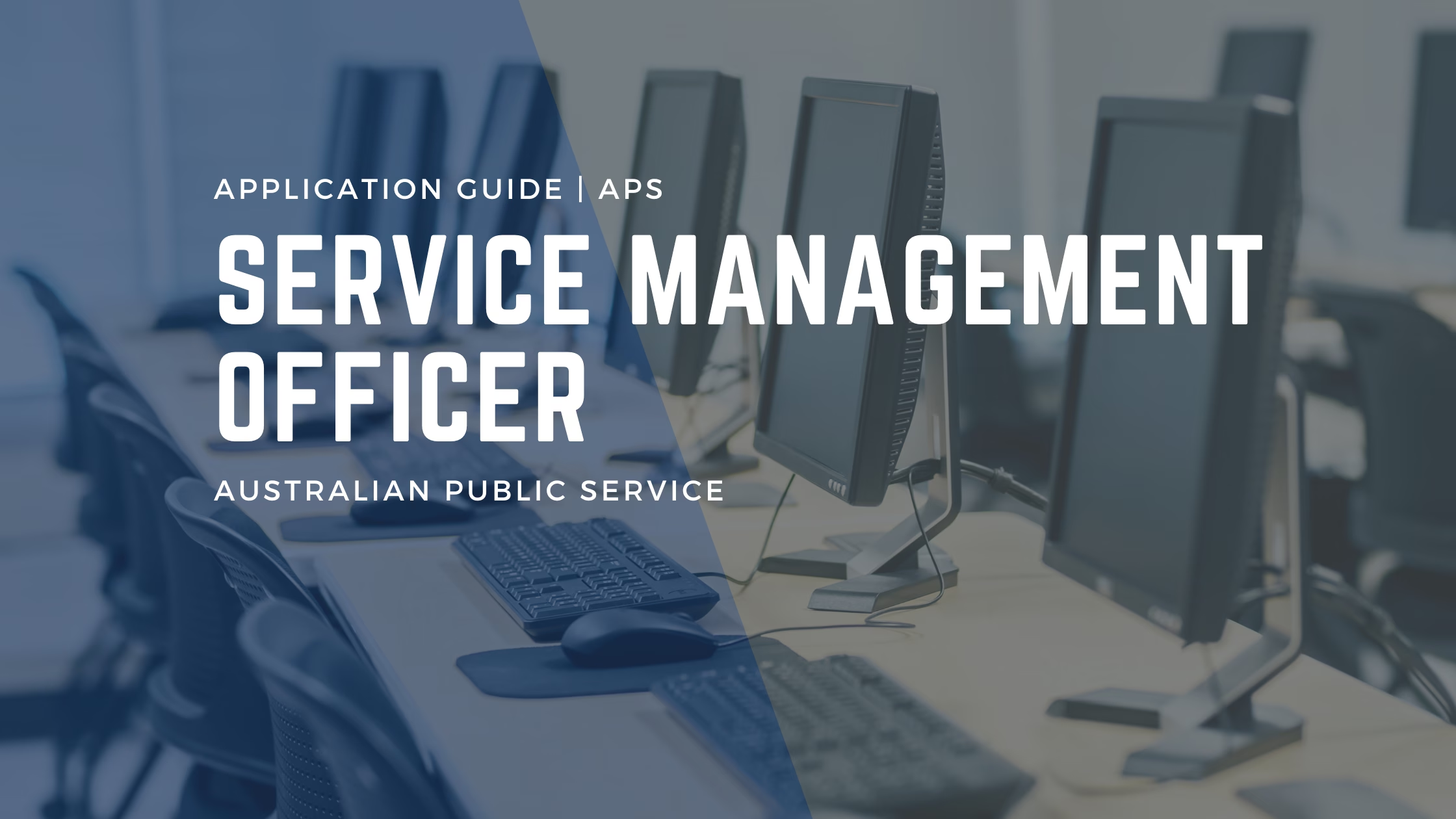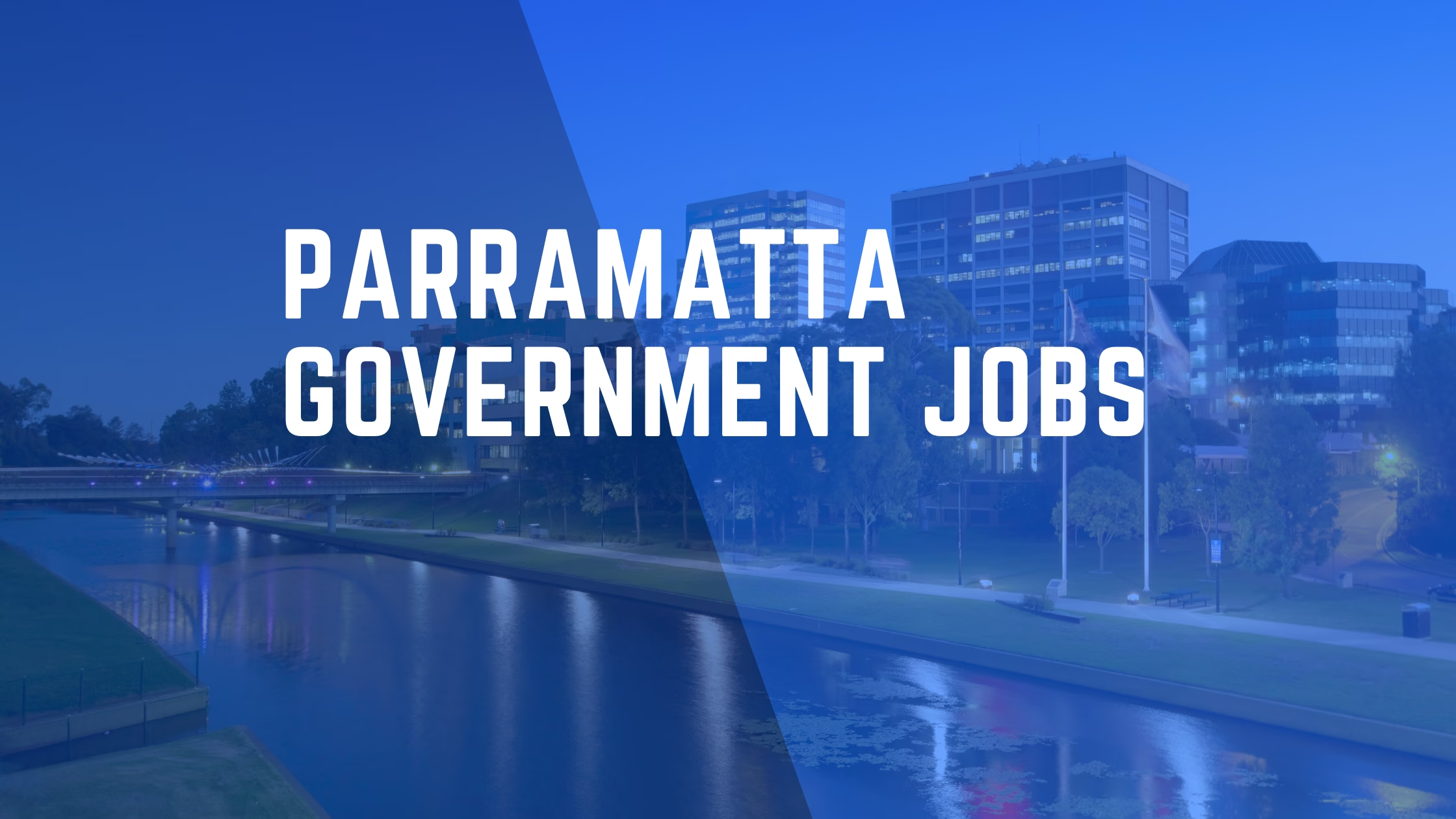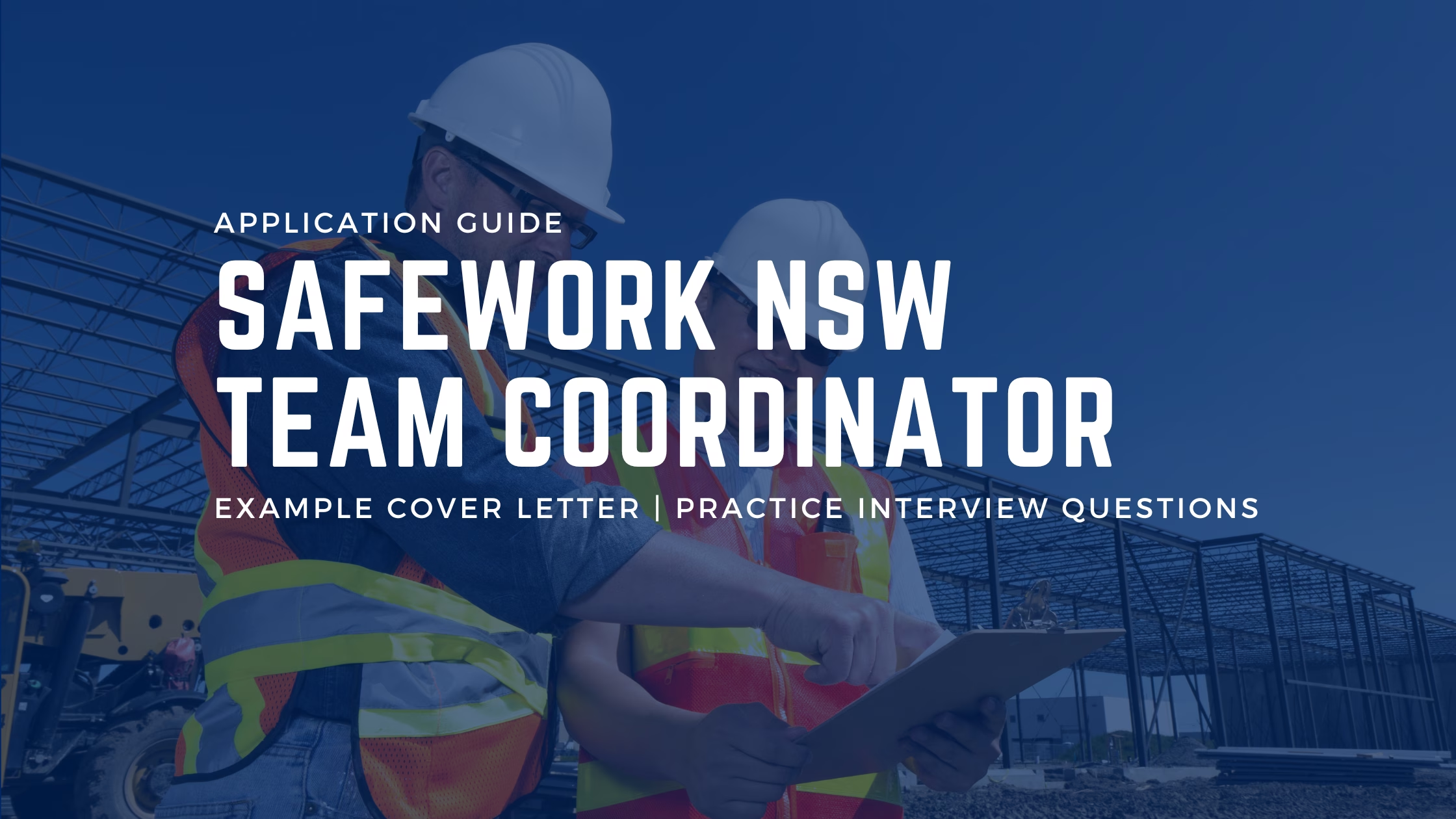The NSW RFS Mitigation Crew play a vital role in combating bushfires and supporting emergency services throughout Sydney and Regional NSW. As a crew member or leader, you will be actively involved in reducing fire risks, engaging in hazard reduction activities, and assisting during emergencies. The NSW Rural Fire Service is dedicated to safeguarding communities from bushfire threats, employing over 70,000 volunteers and staff. This important role not only emphasises public safety but also promotes environmental preservation, allowing you to make a significant impact in your community.
Joining the RFS Mitigation Crew offers a rewarding opportunity to be part of a passionate team focused on emergency services and community safety. This guide provides useful insights into the application process, including an example cover letter that will help you stand out in what is a major recruitment drive.
If you are new to public sector recruitment, this unofficial guide to NSW Government applications will help you understand how the process works and what to expect.
Table of Contents
RFS Mitigation Crew Opportunities Salary and Overview
| Position Title | Mitigation Crew Member / Mitigation Crew Leader |
| Organisation | NSW Rural Fire Service |
| Location | Sydney and Regional NSW |
| Work Type | Full-Time |
| Base Pay | Mitigation Crew Member: $65,732 – $70,622 p.a. plus 11.5% superannuation; Mitigation Crew Leader: $74,514 – $81,005 p.a. plus 11.5% superannuation |
| Closing Date | 15/06/2025 – 11:59 PM |
About the Mitigation Crew Opportunities at NSW Rural Fire Service
The Mitigation Crew role at the NSW Rural Fire Service (RFS) focuses on combating bushfires and participating in emergency services throughout Sydney and Regional NSW. As a Crew Member or Leader, you’ll be actively involved in reducing fire risks, engaging in hazard reduction activities, and supporting operations during emergencies.
RFS is a sandstone state agency responsible for safeguarding the community from bushfire threats, with over 70,000 volunteer members and staff. This role places you at the heart of crucial firefighting efforts, allowing you to contribute significantly to public safety and environmental preservation in NSW. The position enables you to be part of a team that embodies mutual respect, support, friendship, and camaraderie, ensuring that the spirit of community service remains a driving force.
Why Joining the RFS Mitigation Crew is a Great Opportunity
This is a great opportunity to join a dedicated team at the NSW Rural Fire Service, where you can make a tangible difference in emergency services and community safety.
- Full-time, ongoing employment with a 35-hour working week.
- Attractive annual salary packages, including superannuation and leave loading.
- Access to comprehensive training and professional development opportunities.
- Engagement with multiple proactive initiatives, broadening career paths and personal growth.
- Eligibility for the Welcome Experience service when relocating to Regional NSW.
- Part of a recruitment talent pool, increasing future employment and career advancement prospects.
RFS Mitigation Crew Member Application Requirements
Candidates must meet the following requirements to be considered for an interview for a Mitigation Crew Member at the NSW Rural Fire Service.
NSW Rural Fire Service Application Process
When applying, candidates are required to submit several essential documents. These documents include:
- Cover Letter: This should be in PDF format, addressing the essential requirements and outlining your suitability for the role.
- Resume: A PDF format is required, including two current or recent professional referees with email addresses and contact numbers.
- Qualifications: Provide a copy of your qualifications as per the essential requirements listed.
- Target Questions: Respond to two targeted questions with a maximum of 500 words each.
Note that the target questions are required and should be answered using the STAR method. You will need to provide these responses as part of the online application form. I recommend you draft your answers in a local document first and also submit the target questions as a separate document.
What to Include in Your RFS Mitigation Crew Member Application
Your cover letter must address the key skills and experience that the selection panel is looking for in an ideal candidate. It’s crucial to demonstrate how your experience and qualifications meet the specific needs of the role.
RFS Mitigation Crew Member:
- RFS Bush Firefighter (BF) qualification or its equivalent
- A current Driver Licence (Provisional P1 or above)
- A level of physical fitness appropriate for arduous bush firefighting or similar intense and sustained physical activity
- First Aid Certificate, or willingness to obtain*
RFS Mitigation Crew Leader:
- RFS Crew Leader (CLW and/or CLS) Certification or its equivalent
- A current Class Medium Rigid (MR) Driver Licence
- A level of physical fitness appropriate for arduous bush firefighting or similar intense and sustained physical activity
- First Aid Certificate, or the willingness to obtain*
Target Questions for RFS Mitigation Crew Member
Here are the exact target questions for this role:
- Please outline an example of a time when you ensured safety in the workplace. What specific steps did you take?
- How do you ensure effective communication within your team when working in remote locations or in hazardous situations?
Respond to two targeted questions with a maximum of 500 words each.
When formulating your responses, use the STAR method (Situation, Task, Action, Result) to provide clear and structured answers. This method can effectively showcase how your past experience and skills apply to the challenges and responsibilities of the RFS Mitigation Crew Member role.
Candidate Profile for RFS Mitigation Crew Member
Jamie has spent the past five years working as a council landscaper and grounds person, maintaining public spaces, operating machinery, and supporting seasonal maintenance programs. He’s known for being reliable, safety-focused, and a strong team player who takes pride in practical, outdoor work.
Recently, Jamie joined the NSW Rural Fire Service as a volunteer and is now eager to step into a paid operational role. He’s looking to apply his hands-on experience and work ethic in a role that contributes more directly to public service and community safety.
Example Cover Letter for RFS Mitigation Crew Member
Dear Recruitment Team,
I am writing to express my interest in the Mitigation Crew Member position with the NSW Rural Fire Service.
With over five years of experience as a council landscaper and grounds person, along with recent volunteering experience with the RFS, I bring a strong foundation in outdoor, team-based work and a growing commitment to public service and community safety.
In my current role with local government, I have developed practical skills in operating machinery, managing vegetation, and following strict safety procedures in various outdoor conditions. I am physically fit and well-accustomed to physically demanding work, often performing manual tasks over long hours in challenging environments.
In terms of formal qualifications and requirements:
- I hold the RFS Bush Firefighter (BF) qualification through my recent volunteering with the NSW RFS
- I have a current Driver Licence (P2) and have demonstrated safe and reliable vehicle operation throughout my council role
- My physical fitness meets the demands of sustained outdoor work, including lifting, operating equipment, and working in heat or adverse weather
- I also have a current first aid certificate
I am now seeking the opportunity to apply these capabilities in a full-time role with the NSW RFS. I am drawn to the hands-on nature of mitigation work, the teamwork involved, and the chance to contribute meaningfully to community preparedness and resilience.
I would welcome the chance to discuss how I can support your team and contribute to the important work of the NSW Rural Fire Service.
Thank you for considering my application.
Warm regards,
Jamie
Responses to Target Questions for RFS Mitigation Crew Member
Please outline an example of a time when you ensured safety in the workplace.
While working as a council grounds person, I was part of a team maintaining a large public reserve during summer. The work involved brush cutting and tree trimming along walking paths that had become overgrown. The area was popular with the public and near residential homes, so safety was a priority. Conditions were dry, and there was significant fuel build-up, creating increased fire risk. One of our newer team members was unfamiliar with the hazards in the area and was working close to uneven ground near a slope.
I was responsible for ensuring that our work area was kept safe for both staff and the public. As the most experienced crew member on site that day, I took it upon myself to lead the safety checks and make sure everyone was aware of the specific risks on-site—particularly the new staff member.
Before we started work, I gathered the team for a site-specific safety briefing. I walked through the area with them and identified risks such as uneven ground, tripping hazards, nearby public access points, and heat-related conditions. I also flagged the fire risk due to dry vegetation and outlined our process if we saw any smoke or sparks from the machinery.
I assigned the newer staff member to a safer, flatter area of the reserve and paired him with a more experienced colleague. I ensured that all PPE was being worn properly and checked that brush cutters were in good condition before use. I kept regular check-ins throughout the day and enforced scheduled water breaks, especially when the temperature climbed in the afternoon.
Later in the day, I noticed a resident walking a dog entering an area we had cordoned off. I quickly approached them in a calm and friendly manner, explained the situation, and asked them to take a different route. I then reviewed our signage and moved one of the safety cones to make the closed-off area clearer from a distance.
The day’s work was completed without incident, and the team appreciated the extra clarity and direction—especially the newer member, who later told me he felt supported and safer with clear guidance. My proactive safety steps helped prevent injuries, reduced public interference, and ensured the worksite remained compliant with council procedures. I’ve taken that approach with me into every job since, including my current volunteering with the RFS.
How do you ensure effective communication within your team when working in remote locations or in hazardous situations?
As part of a council team maintaining reserves on the outskirts of town, we were tasked with clearing vegetation around a rarely used fire trail ahead of summer. The location was remote, with limited mobile reception, and the terrain made it difficult to see or hear others once we spread out. There were physical hazards like rocks, fallen branches, and snake activity in the area.
My role was to ensure that communication within our small team remained consistent and effective, even when we weren’t always in sight of one another. This was critical not only for task coordination but also for responding quickly to any issues or hazards.
I initiated a short pre-task meeting where we agreed on a clear communication plan. We set fixed check-in times and assigned working zones to avoid overlap. Each crew member carried a UHF radio, and we used clear, consistent call signs and plain language. I confirmed that everyone knew how to use the radios properly and did a comms check before we dispersed.
We also established a visual cue system: if anyone lost radio contact or needed help, they were to move to a designated high point within the area and use hand signals. At regular intervals—about every 20–30 minutes—we did radio check-ins, even if there were no updates, just to ensure contact was maintained.
When noise levels were high from machinery, I encouraged the use of brief, clear verbal commands and non-verbal signals, especially for start/stop operations. At the end of the day, I led a quick debrief to review what worked well and whether we needed to adjust our system for next time.
The job was completed safely and efficiently, with no communication breakdowns despite the challenging environment. The team responded positively to the structure, and even newer staff felt more confident knowing how to get support if needed. That experience has stayed with me, and I now apply similar communication principles during my volunteer work with the RFS, where clear and timely communication is often critical to safety and task success.
How to Use the STAR Method When Applying for a Mitigation Crew Member Role
The STAR method (Situation, Task, Action, Result) is a structured approach to answering competency-based questions, which is crucial for NSW Government job applications. It allows candidates to present clear and compelling stories in cover letters, target questions, and interviews by outlining specific situations, assigned tasks, actions taken, and the results achieved.
When applying for a Mitigation Crew Member role, employing the STAR method can effectively highlight your qualifications and experience.
For instance, in Jamie’s application, their target question responses exemplifies the STAR method. Each answer is clearly structured around a specific example, showing exactly what actions they took and the result.
How to Prepare for a Government Interview for a Mitigation Crew Member Role
NSW Government interviews are structured and capability-based, focusing on predetermined capabilities crucial to roles like the Mitigation Crew Member. Preparing for such interviews requires crafting STAR-based responses that align with the position’s critical competencies.
Here are some example interview questions you may encounter for a Mitigation Crew Member role:
- Describe a time when you had to quickly react to a rapidly changing situation during a fire response operation. How did you handle it?
- How have you effectively communicated with your team in remote or hazardous situations, and what strategies did you employ?
- Give an example of a successful fire mitigation project you led. What was the outcome, and what strategies did you use?
Prepare your responses using the STAR method to structure your answers clearly and showcase your experience and problem-solving abilities. To aid your preparation, consider downloading a Government Interview Workbook or ordering custom interview questions for targeted practice.
Get Your Mitigation Crew Member Application Ready
If you’ve got what it takes, don’t hesitate to apply via I Work for NSW for this rewarding opportunity.
- Read the role description thoroughly.
- Tailor your examples using the STAR method for clarity and relevance.
- Start early and make sure to proofread your work.
- Attach all required documents to your application.
- Check out our free cover letter template to help you get started.
To ensure your application and target question responses meet what the hiring panel is looking for, get a professional review. I’ll improve your answers to the target questions and ensure you give strong, clear, engaging examples of how you are perfect for the role.
Don’t waste this great opportunity to land a paid role in the NSW RFS.




